Imagine standing on the edge of the world, where icy winds whip across endless stretches of snow, and the sun barely rises for months. It seems impossible that anything could survive in such a place, let alone bloom. Yet, against all odds, certain plants in the Arctic Circle dare to flower—unfurling their beauty under the harshest conditions known to nature. These rare Arctic blooms are not just survivors; they are astonishing stories written in petals and leaves, living proof that life can find a way even on the frozen edge of existence. Their world is one of extremes—endless daylight in summer, total darkness in winter, and a growing season measured in mere weeks. Still, every summer, the tundra transforms into a patchwork of color, a fleeting festival that’s as surprising as it is inspiring.
What Makes the Arctic So Extreme?
The Arctic Circle presents some of the most challenging conditions for life on Earth. Temperatures can plunge far below freezing, with some areas rarely seeing the thermometer rise above zero, even in summer. In winter, darkness reigns for months on end, depriving plants of much-needed sunlight. The soil is often frozen solid—permafrost lurking just below the surface, making it almost impossible for roots to dig deep. Combine this with relentless winds that can strip away moisture and nutrients, and you have a recipe for a barren wasteland. Yet, the Arctic is anything but empty. It’s a stage for some of the toughest, most resilient plants on the planet, each with its own tricks for surviving the cold. The contrast between the harshness of the environment and the delicacy of the flowers that thrive here is nothing short of magical.
Arctic Poppy: The Tundra’s Golden Survivor
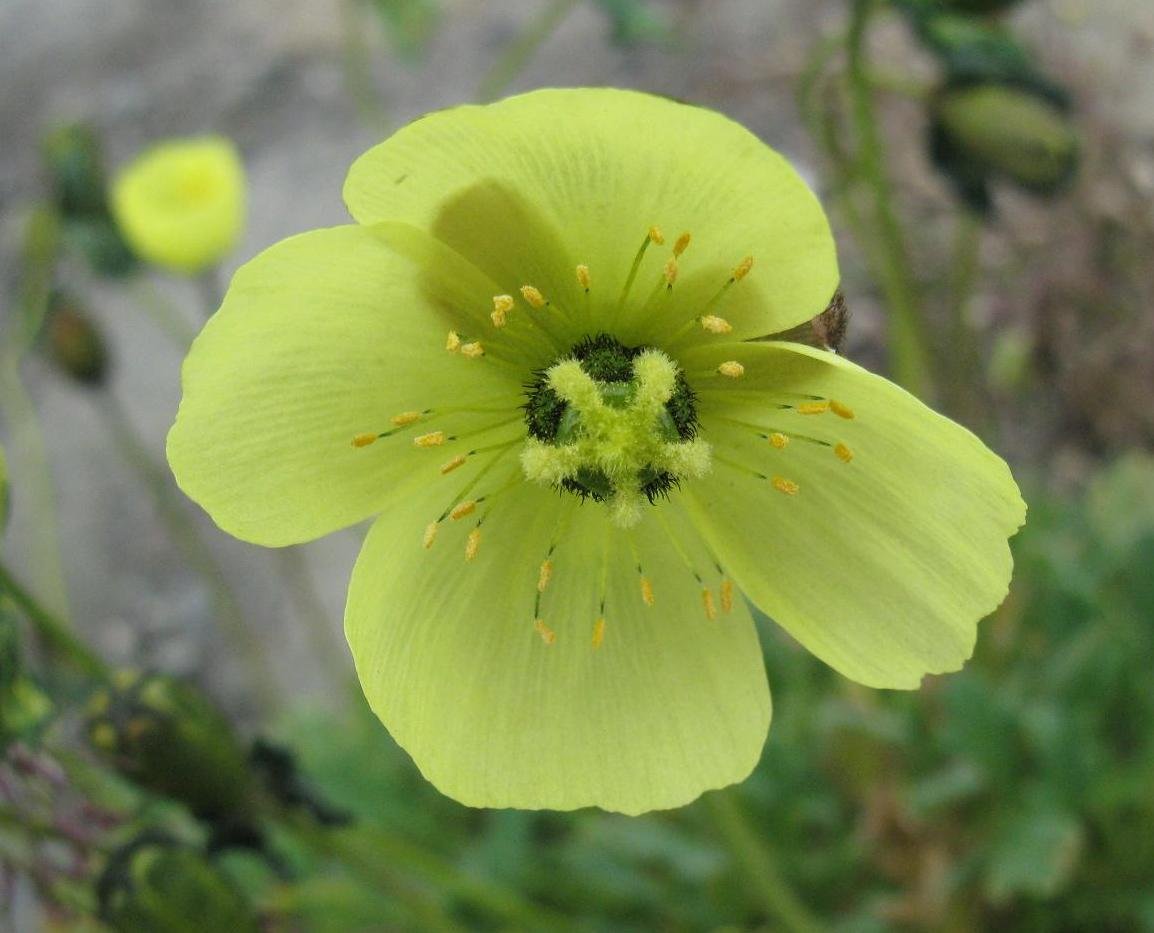
The Arctic poppy, with its brilliant yellow petals, stands as a symbol of hope in the tundra’s bleakness. These delicate-looking flowers are anything but fragile—they can twist their stems to follow the sun, maximizing every precious ray during the short Arctic summer. The poppy’s fuzzy leaves help insulate it from the cold and trap heat near the plant’s base. It grows low to the ground, hugging the earth to avoid chilling winds. In some places, entire hillsides are dotted with these vibrant blossoms, glowing like little suns amid the ice. The sight is so unexpected that it feels almost like a dream. Their resilience is not just beautiful; it’s a marvel of evolution.
Purple Saxifrage: A Blanket of Color in the Snow
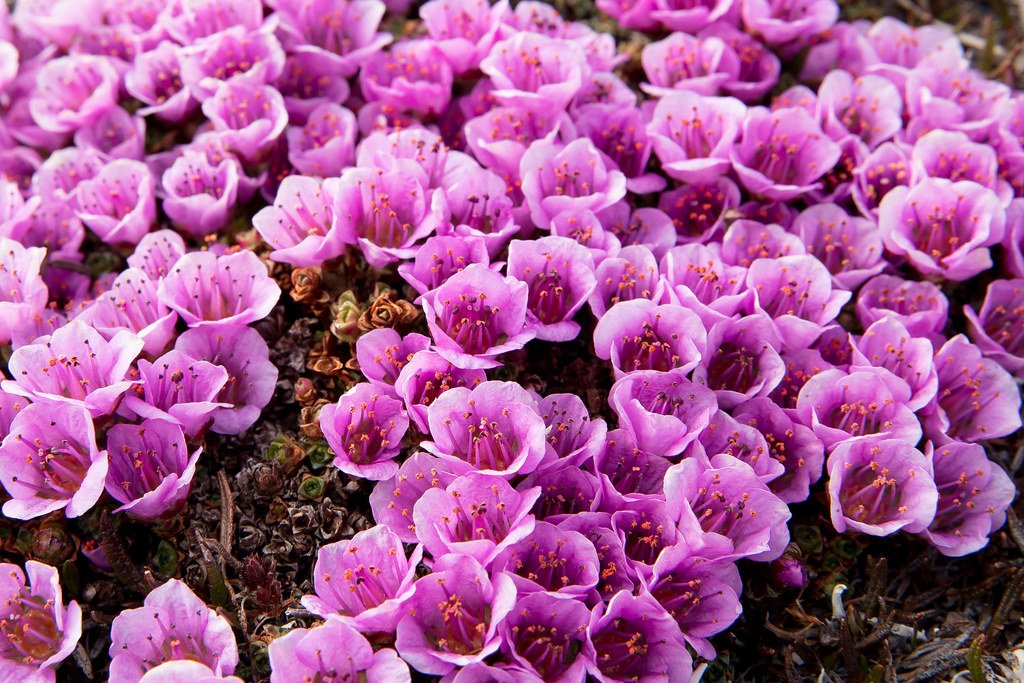
Purple saxifrage is often the very first flower to bloom as the snow begins to melt. Its tiny, star-shaped purple flowers are a beacon of spring in a land where spring is more of a suggestion than a season. This plant can thrive on rocky outcrops where most others would wither, anchoring itself in crevices and cracks. Its low-growing mat acts like a living quilt, protecting it from wind and conserving warmth. The flowers are rich in nectar, providing a vital food source for the first insects to emerge after winter. For many Arctic communities, the appearance of purple saxifrage signals hope and the promise of another summer. It’s no wonder this flower is celebrated in folk stories and even as a local delicacy.
Snow Buttercup: Bright Defiance in the Chilling Air
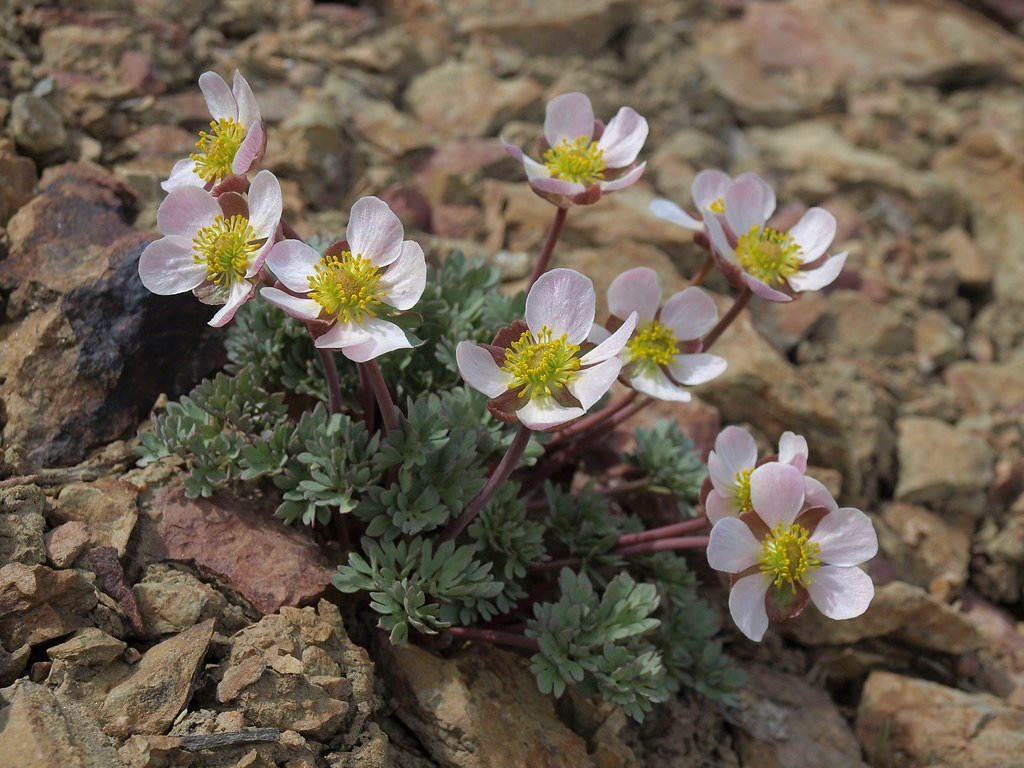
The snow buttercup is a sight for sore eyes—a splash of sunny yellow against the white canvas of the tundra. It’s among the few plants that can flower while snow still lingers on the ground. Its cup-shaped blooms are designed to trap warmth, sometimes raising the temperature inside the flower by several degrees. This not only helps the plant itself but also attracts pollinators desperate for warmth in the cold air. The buttercup’s roots are shallow, spreading wide rather than deep, allowing it to soak up any moisture from melting snow. It’s a master at making the most of the brief Arctic summer, blooming quickly before the window closes. Watching these flowers open can feel like witnessing a quiet rebellion against the cold.
Mountain Avens: Sun Seekers of the North

Mountain avens are tough little flowers that thrive where few others dare to grow. Their white petals, often tinged with gold, stand out starkly against the dark soil and rocks. These plants have a unique adaptation: their leaves are covered in tiny hairs that help trap heat and reduce water loss. The avens are also among the first to catch sunlight after a long winter, opening up as soon as the snow recedes. Their blooms often carpet large areas, creating a surreal contrast with the Arctic’s stark landscape. For animals like the Arctic hare and ptarmigan, the avens are a crucial food source in the lean early days of summer. Their role in the ecosystem is as vital as their beauty.
Arctic Willow: The Tiny Tree That Blooms
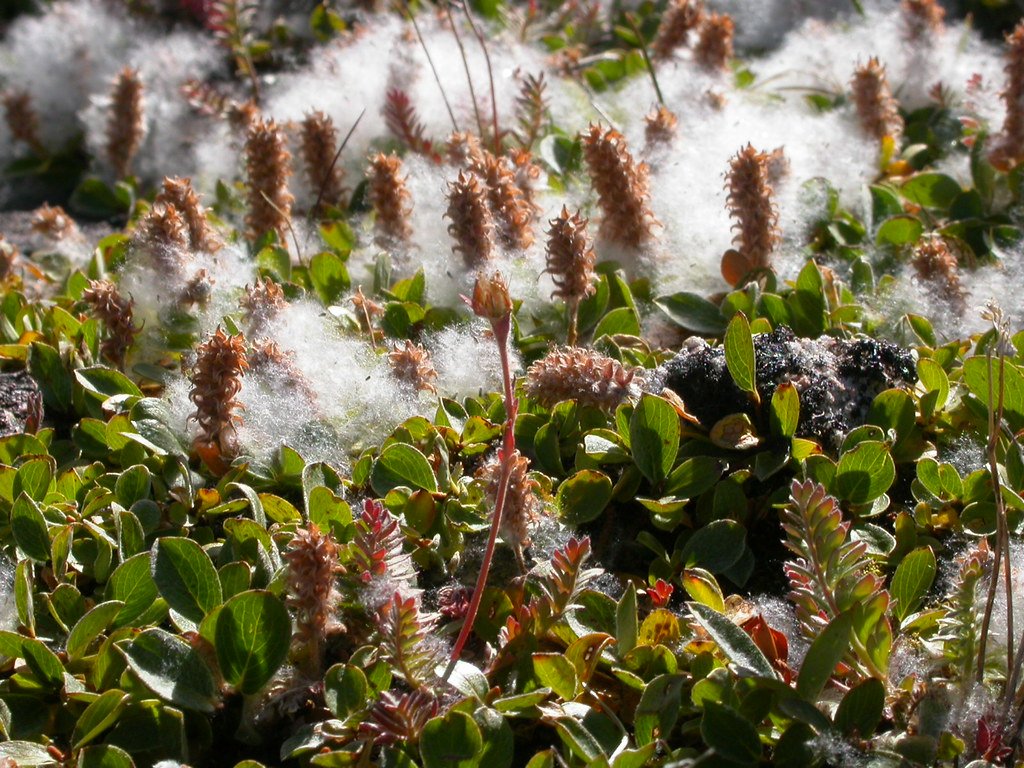
You might not expect to find trees in the Arctic, but the Arctic willow defies expectations. It grows so low that it can easily be mistaken for a shrub or even just a patch of leaves on the ground. Yet, each spring, it produces tiny, fuzzy catkins—its version of flowers. These catkins are essential food for migrating birds and insects. The willow’s creeping growth pattern helps it stay sheltered from the wind, and its leathery leaves conserve moisture. Despite its small size, the Arctic willow plays a big role in stabilizing the soil and providing shelter for other plants. It’s a reminder that size isn’t everything when it comes to survival in extreme places.
Lapland Rosebay: The Arctic’s Hidden Gem
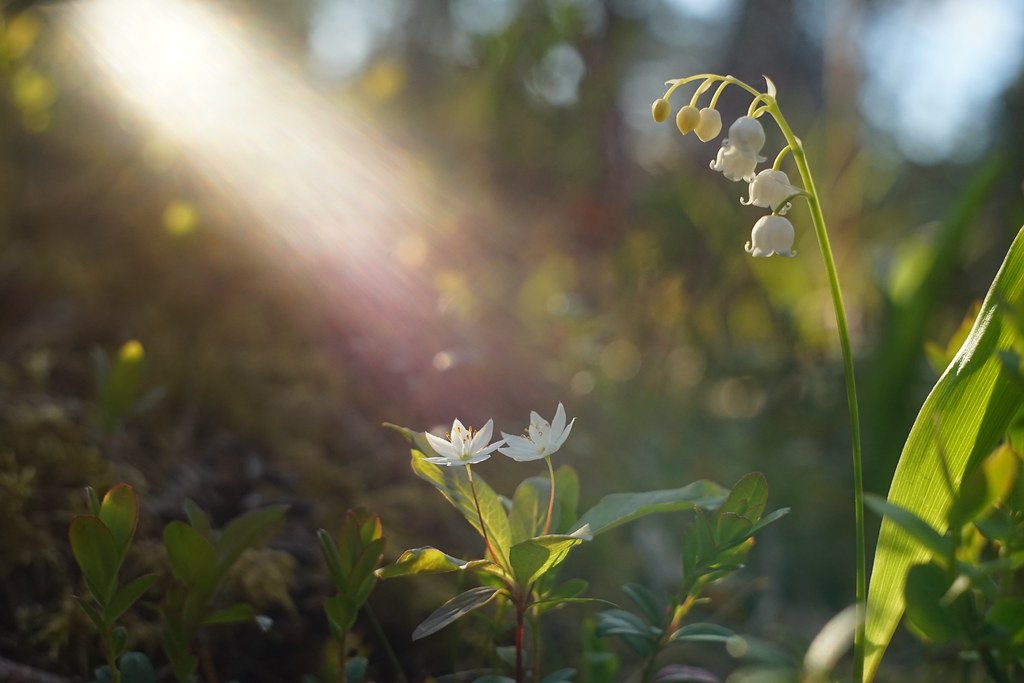
Lapland rosebay is a rare sight, but when you find it, it’s unforgettable. Its vivid magenta flowers can light up the dullest landscape, blooming in clusters that catch the eye from far away. This plant prefers sandy or gravelly soils, often growing near rivers or streams where the ground thaws more quickly. It’s adapted to survive both drought and cold, using its thick, waxy leaves to minimize water loss. When it blooms, the air can fill with a faint, sweet scent—an unexpected treat in a world usually defined by cold and silence. It’s a favorite among Arctic photographers and botanists, who often describe it as the “jewel of the tundra.”
Tufted Saxifrage: The Hardy Mat-Builder
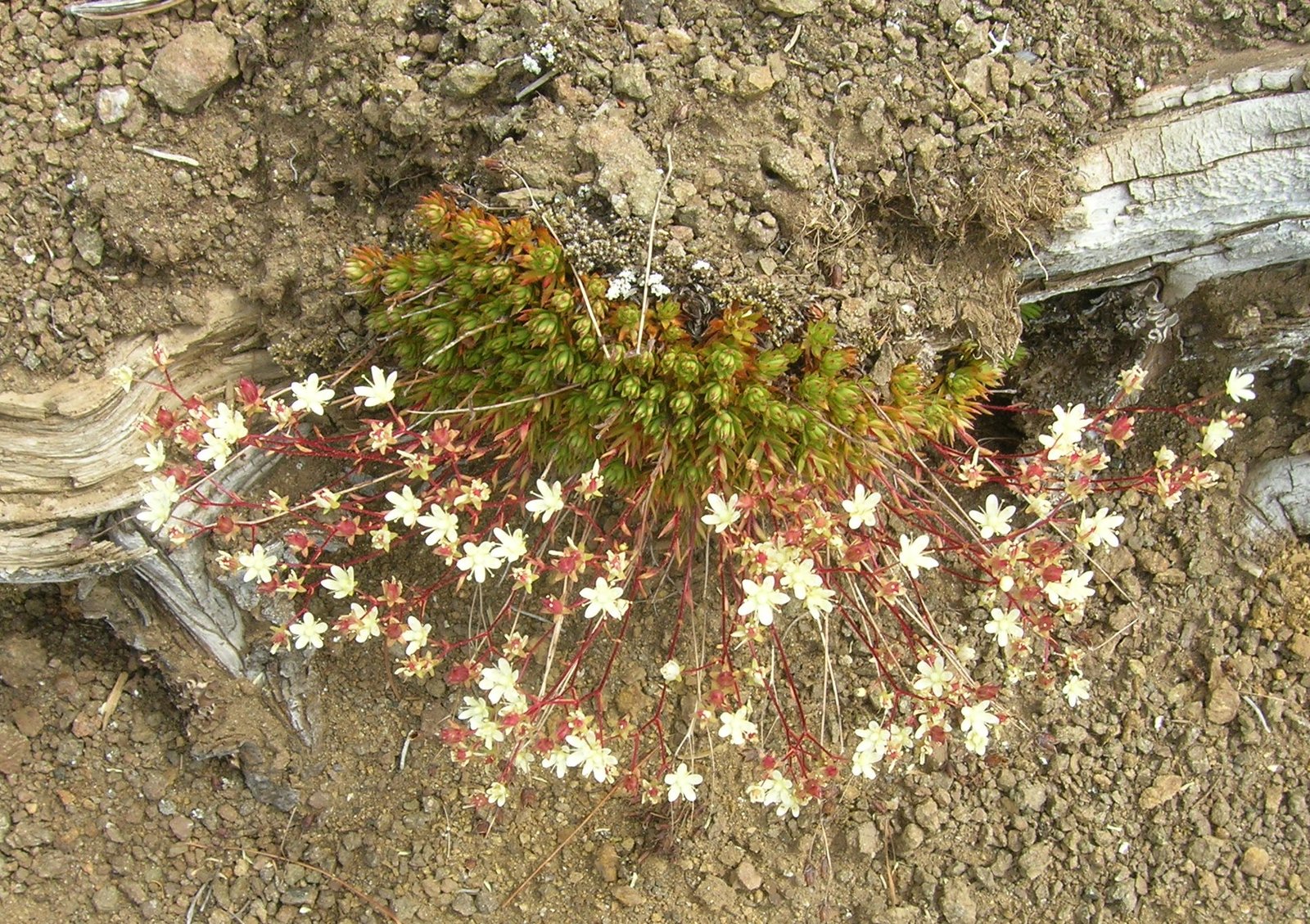
Tufted saxifrage is a master of survival, forming dense mats of green that can withstand freezing temperatures and biting winds. Its small white flowers are modest but elegant, peeking out from between juicy, succulent leaves. This plant thrives in rocky, nutrient-poor soils, often colonizing places that look utterly inhospitable. The mat-forming habit not only protects the plant itself but also creates a micro-habitat where other species can take root. In this way, tufted saxifrage acts as a pioneer, paving the way for greater biodiversity. Its presence on the tundra is a quiet testament to the power of cooperation in nature.
Arctic Dryad: The Fairy Flower of the Far North
The Arctic dryad looks almost too delicate for its surroundings, with creamy-white petals and golden centers that nod gently in the wind. Yet, this plant is anything but fragile. Its roots are deep and strong, anchoring it against storms and frost heave. The dryad’s leaves are covered in fine hairs, which help trap warmth and moisture—two rare resources in the Arctic. Its flowers open wide to catch the weak sun, attracting pollinators from miles around. In some Inuit legends, the dryad is called the “fairy flower,” believed to bring luck to those who find it. Its ethereal beauty is a reminder that even the harshest places can hold secrets worth discovering.
Alpine Forget-Me-Not: The Blue Star of the Arctic
Alpine forget-me-nots bring a splash of blue to the Arctic summer, their tiny flowers shining like sapphires against the green moss and lichen. These plants are adapted to bloom quickly, making the most of the short window of warmth. Their seeds can remain dormant for years, waiting for just the right conditions to germinate. When they finally burst into bloom, it’s as if the tundra is covered in little pieces of sky. Forget-me-nots are beloved for their resilience and beauty, and their name captures the spirit of the Arctic—never forgotten, no matter how remote.
Woolly Lousewort: The Arctic’s Fuzzy Flower
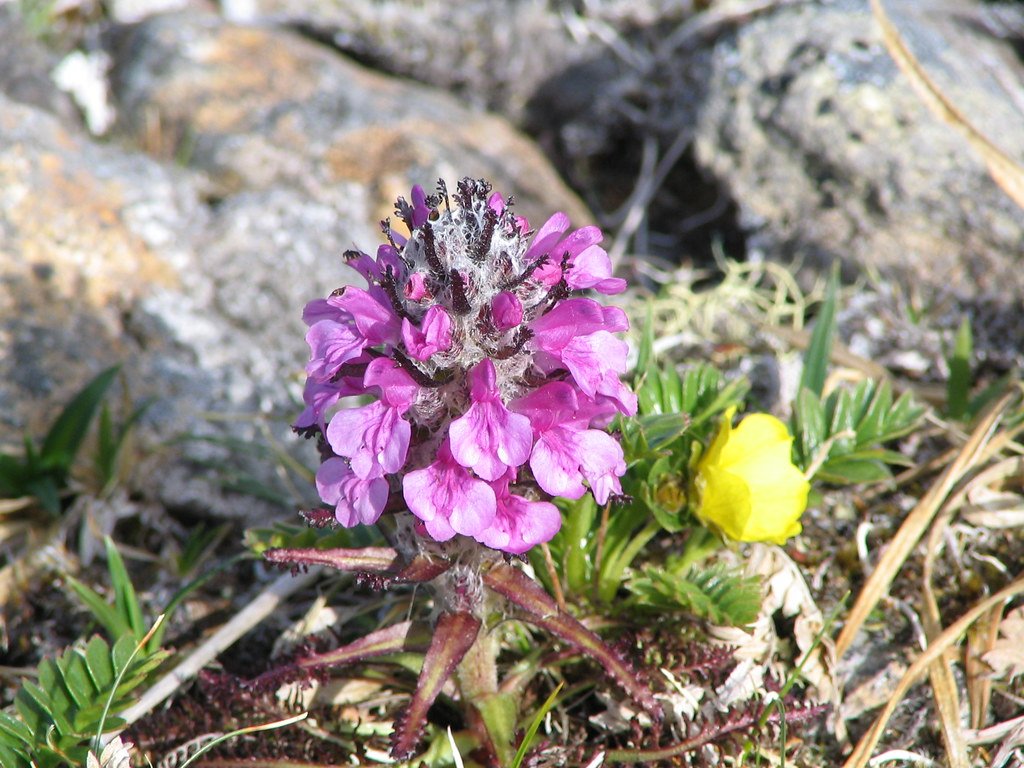
Woolly lousewort stands out with its soft, pinkish-purple flowers and fuzzy, silver leaves. The plant’s “wool” isn’t just for show; it acts as insulation, helping to retain heat and protect against windburn. Louseworts are hemiparasitic, meaning they get some of their nutrients by connecting to the roots of neighboring plants. This adaptation lets them thrive in soils that are too poor for most other flowers. When the blooms appear, they draw in bees and flies, some of the few pollinators tough enough for Arctic life. Woolly lousewort’s quirky appearance and clever survival strategy make it a favorite among botanists.
Mountain Sorrel: The Tangy Taste of the Tundra
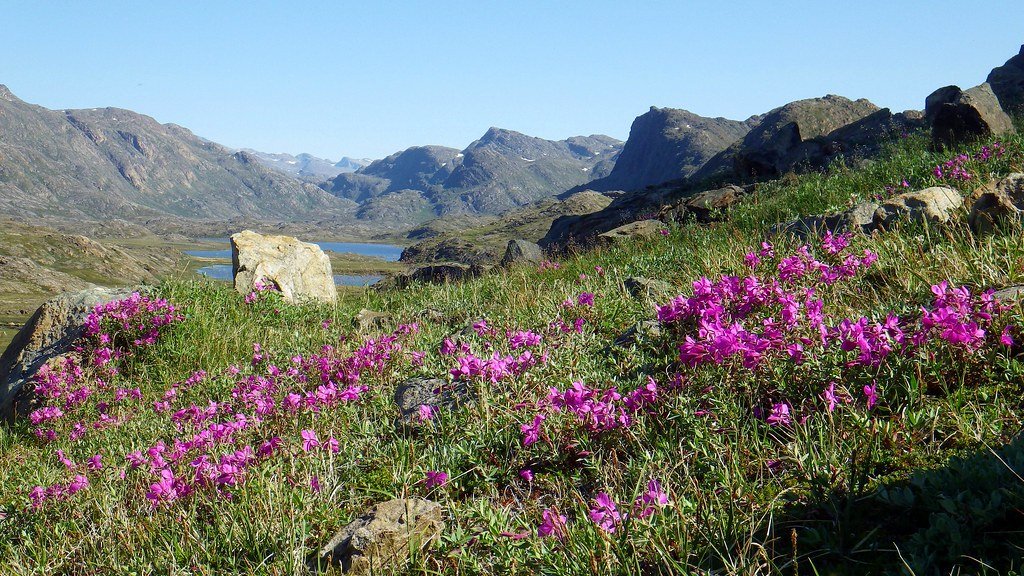
Mountain sorrel is more than just a pretty face—it’s also edible, with leaves that have a tangy, lemony flavor. Its small, greenish-white flowers appear in clusters, often among rocks and gravel where water collects after the thaw. Sorrel’s thick, fleshy leaves store water and nutrients, helping it survive in dry spells. Indigenous peoples have used mountain sorrel as a source of vitamin C, especially when fresh food is scarce. Seeing this plant bloom is a reminder of the tundra’s generosity, even in a world that seems so barren at first glance.
Arctic Bell-Heather: Tiny Bells of Resilience
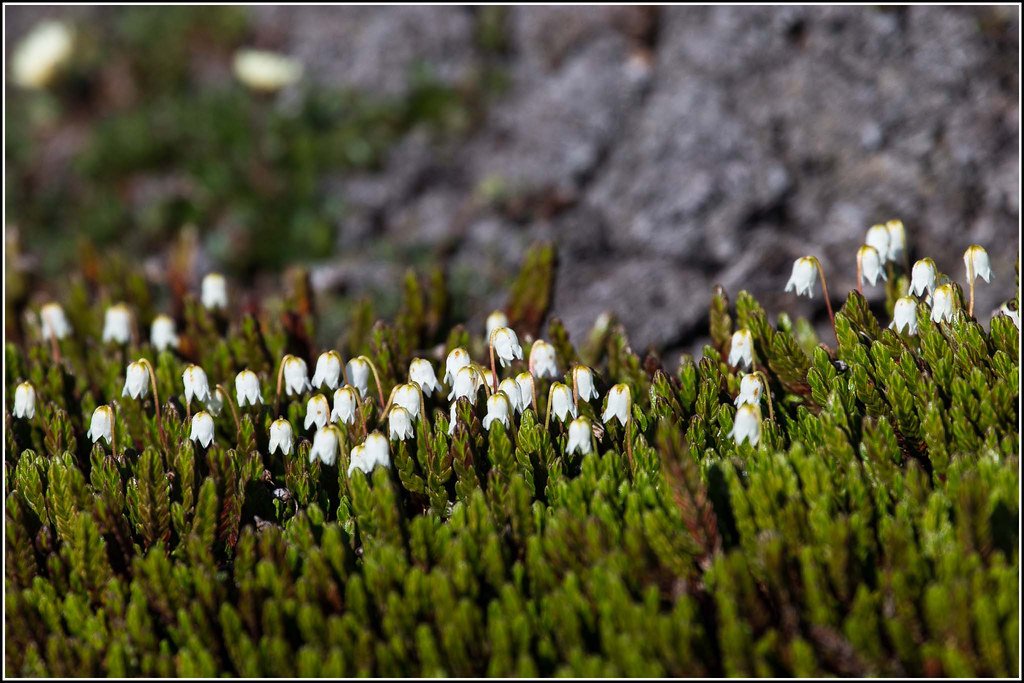
Arctic bell-heather produces clusters of pink, bell-shaped flowers that dangle from wiry stems. Its evergreen leaves are needle-like, reducing water loss and providing year-round protection. Bell-heather can survive being buried under snow for months, springing back to life with the first signs of warmth. The plant’s roots spread wide, helping it cling to rocky slopes and avoid being uprooted by wind. When it blooms, it creates patches of color that look like tiny fireworks against the tundra’s muted palette. Bell-heather is a symbol of resilience and quiet beauty in the Arctic wilderness.
Snow Pearlwort: A Subtle Arctic Wonder

Snow pearlwort is easy to overlook, with its tiny white flowers and slender stems, but its story is remarkable. This plant often grows right at the edge of melting snow, taking advantage of the brief burst of moisture. It can photosynthesize at lower temperatures than most other plants, allowing it to bloom when others are still dormant. Pearlwort’s seeds are tiny and light, easily carried by the wind to new locations. In places where nothing else seems to grow, you might find a patch of pearlwort quietly thriving. It’s a reminder that sometimes the smallest blooms can have the biggest impact.
Netleaf Willow: The Arctic’s Silver Carpet
Netleaf willow is another Arctic “tree” that rarely stands taller than a few inches. Its leaves are silver and netted, reflecting sunlight and reducing evaporation. In spring, it produces fluffy catkins that shimmer in the breeze. These catkins supply food for early-emerging insects, making the willow a keystone species in the tundra food web. The plant’s low profile helps it avoid wind damage, and its roots bind the fragile soil, preventing erosion. Netleaf willow creates a silvery carpet across the tundra, adding subtle beauty to the landscape.
Arctic Chickweed: A Star in the Short Season

Arctic chickweed is a rapid bloomer, producing star-shaped white flowers as soon as the snow melts. Its stems are long and sprawling, allowing the plant to cover large patches of ground quickly. Chickweed’s seeds germinate rapidly, taking full advantage of the fleeting Arctic summer. The plant is favored by many small animals, including lemmings and birds, for its tender shoots and leaves. Despite its delicate appearance, chickweed is a fierce competitor, often outpacing other plants in the race to flower. Its presence is a sign that summer, however short, has truly arrived.
Polar Campion: The Arctic’s Blushing Beauty
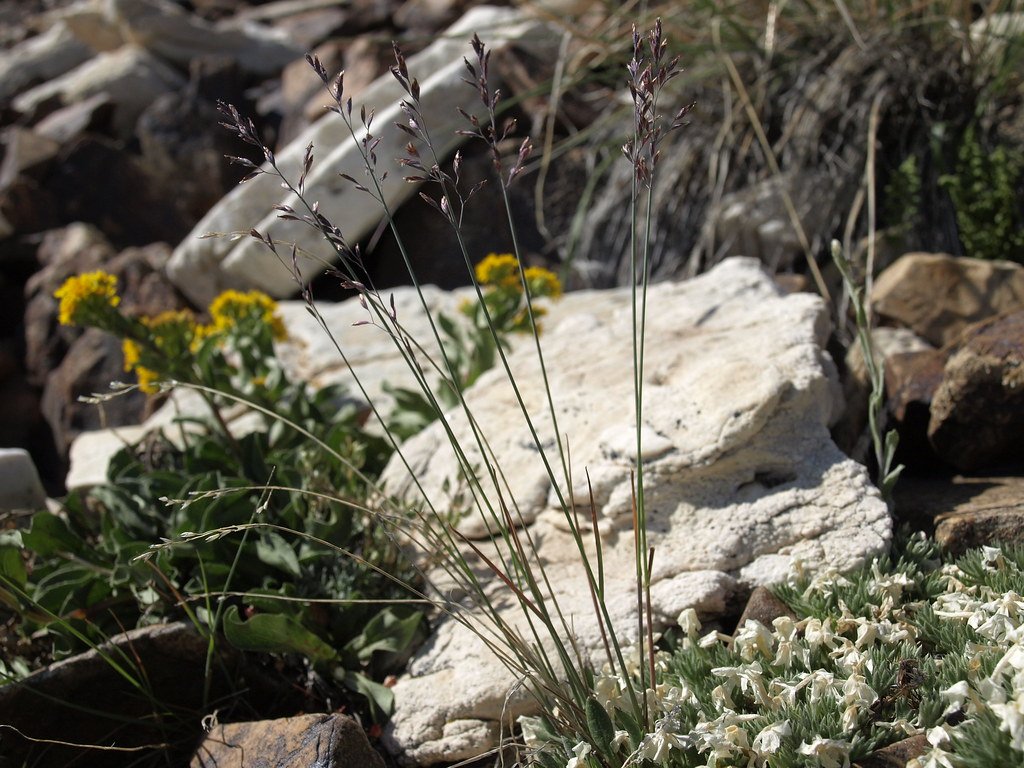
Polar campion brings a blush of pink to the Arctic, with its soft, cushiony mats and pretty five-petaled flowers. This plant is adapted to grow in gravelly, well-drained soils, often on windswept ridges. Its cushion-like growth form helps protect it from cold and desiccation, creating a mini-greenhouse effect. When the flowers open, they attract a surprising variety of pollinators, including moths that fly by day in the land of the midnight sun. The polar campion’s blooms are short-lived but unforgettable, a gentle splash of color in a world defined by extremes.
Arctic Cottongrass: The Tundra’s Feathered Blanket
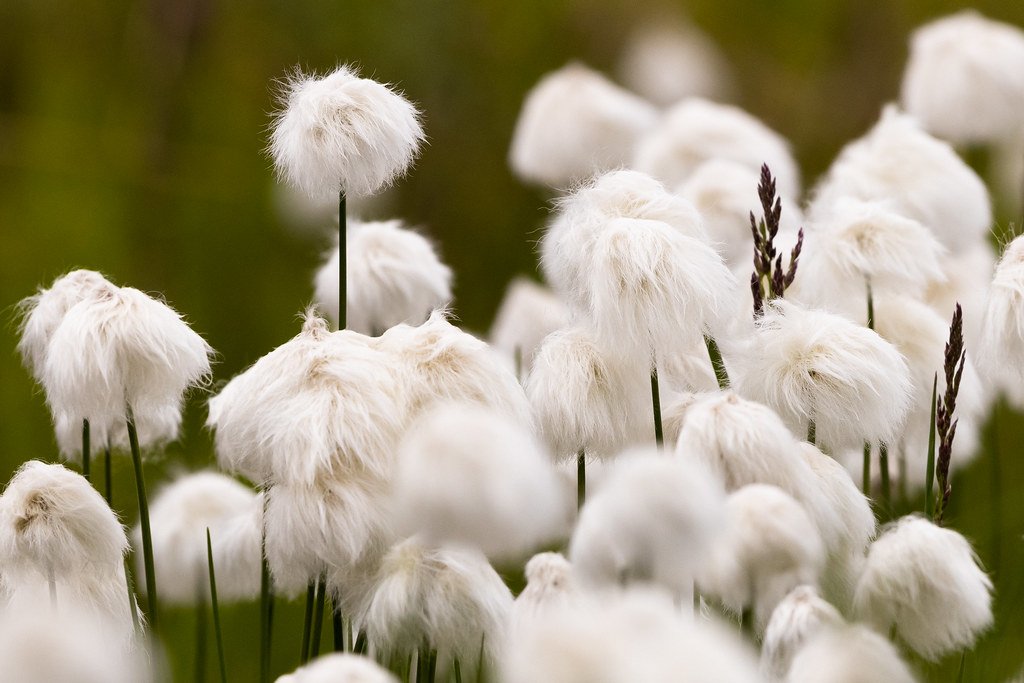
Arctic cottongrass is famous for its fluffy white seed heads that wave like feathers in the wind. While not a flower in the traditional sense, its blooms are a defining feature of the Arctic summer. Cottongrass thrives in boggy, wet soils where few other plants can survive. Its seeds are dispersed by the wind, spreading across the tundra like snowflakes. For many migratory birds, cottongrass provides essential nesting material and food. The sight of cottongrass swaying in the breeze is one of the most iconic images of the Arctic, a gentle reminder that even in the coldest places, life can be soft and beautiful.
Moss Campion: The Cushion of Life
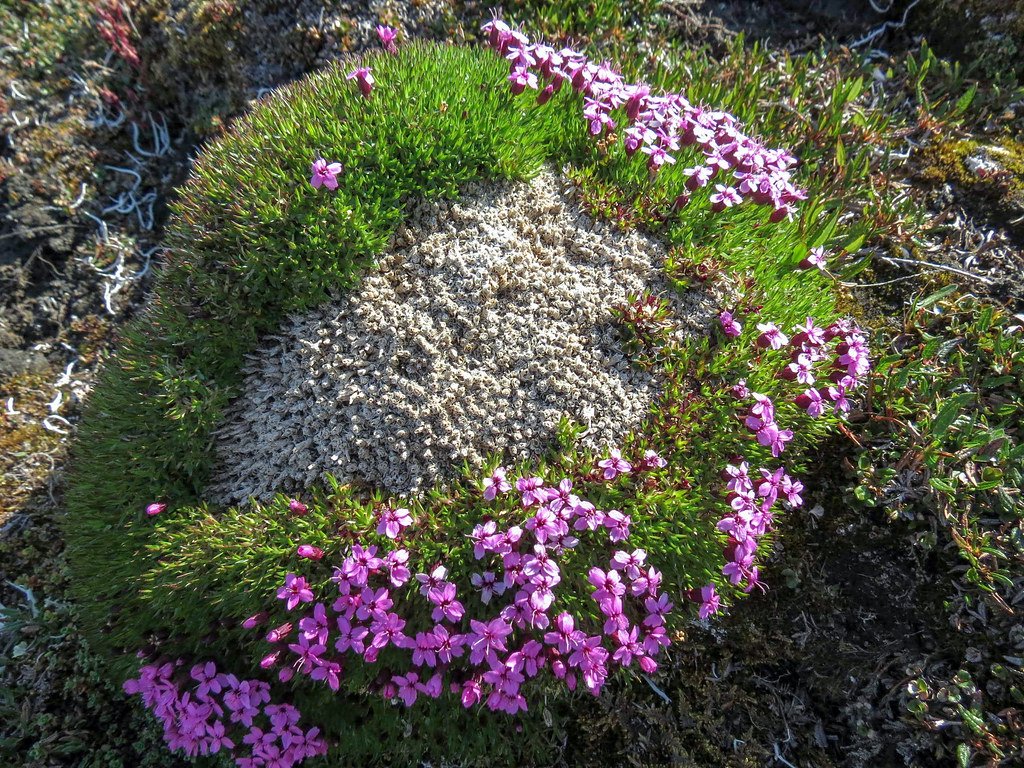
Moss campion forms tight, cushion-shaped clumps that can survive where almost nothing else does—high on exposed ridges and gravel plains. Its tiny, pink or purple flowers peek out from the dense mat of leaves, sometimes forming carpets of color across the landscape. The cushion shape helps retain heat and moisture, creating a microclimate that supports not just the campion but other small organisms as well. Moss campion can live for decades, growing slowly but steadily each year. Its persistence is a quiet lesson in patience and survival.
Reindeer Lichen: The Silent Partner of the Arctic
Reindeer lichen isn’t a true flowering plant, but it plays a crucial role in the Arctic ecosystem. Its pale, branching forms cover vast areas, providing food for caribou and reindeer. Lichen is a symbiotic blend of fungus and algae, able to photosynthesize even at low temperatures. It grows incredibly slowly, sometimes only a few millimeters per year, but can survive for decades or even centuries. Lichen’s ability to thrive where little else can is a testament to the Arctic’s secrets—a hidden world of partnership and endurance.
Will These Frozen Blooms Survive the Future?
The Arctic’s flowering plants are more than just survivors; they are pioneers, explorers, and storytellers in a world of ice. Their adaptations are as varied as they are astonishing, from fuzzy leaves that trap heat to roots that bind the earth. Yet, their future is uncertain. Rising temperatures and shifting seasons threaten the delicate balance that has allowed these blooms to thrive for thousands of years. Will the Arctic’s summer tapestry endure, or will these frozen blooms become just a memory? Only time will tell, but for now, they remind us of nature’s ability to surprise, inspire, and endure in even the most impossible places.



